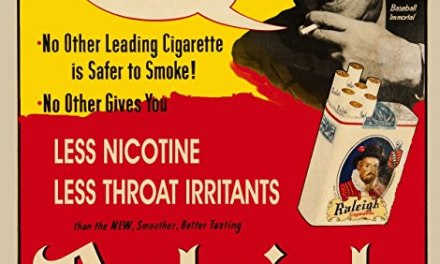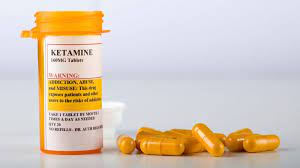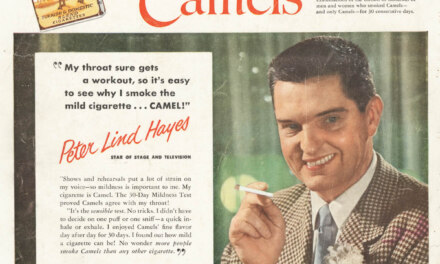A recent New York Times Magazine features a fascinating piece on one woman’s experience with Adderall– now the second most common drug on college campuses (after marijuana, of course). It’s a long piece but definitely worth a read.
The subheading: “Like many of my friends, I spent years using prescription stimulants to get through school and start my career. Then I tried to get off them.”
Ah yes– that’s when the music stops, for some people, at least. Reminds me of the filmmaker John Waters’ observation about certain nightclubs in his home town of Baltimore: The problem isn’t getting in, it’s getting out again.
It’s long been noted that patients have unusual confidence in a drug that’s prescribed by a physician and comes from the pharmacy in an attractive package, as opposed to a street drug, even when the substances are chemically quite similar. An example: a 35 year old patient described to me her own history with antidepressant meds prescribed for her ‘treatment-resistant’ depression. In addition to the usual suspects, she surprised me by listing Adderall and Suboxone.
“Adderall’s an amphetamine,” I pointed out. She’d reported problems with amphetamine abuse when she was a college student.
“No, it isn’t. It’s an antidepressant,” she insisted. The medical director happened to be passing so I grabbed him for an update on both drugs. Turned out that Adderall (indeed an amphetamine) and Suboxone (an opioid) were believed to have some value in certain cases of depression, but weren’t commonly used for that purpose due to the associated risks. That applied in particular to patients who had a history of drug problems.
“But my psychiatrist told me they were antidepressants,” the patient claimed. “Like, you know, Paxil.” I wondered if the doctor had actually said that, or if the patient had just assumed it. Either way, a prescriber is supposed to fully inform patients of the risks associated with a medication, and that apparently had not happened here.
“Maybe if you’d known, you would have refused them,” I suggested. “No,” she said, “I probably would have taken them anyway. I was really wanting a chemical fix. I would have risked it.”
I asked if either drug had been effective. “At first, yes. But the depression came back. And the anxiety,” she confessed, “just kept getting worse.” I bet it did. Her solution: self-medicate with the strongest pot she could find — “skunk”– and sleeping pills. A year later, she was in rehab.
It’s this sort of case that illustrates how treatment for one disorder can help accelerate the progression of another, laying the groundwork for a whole new set of difficulties.













